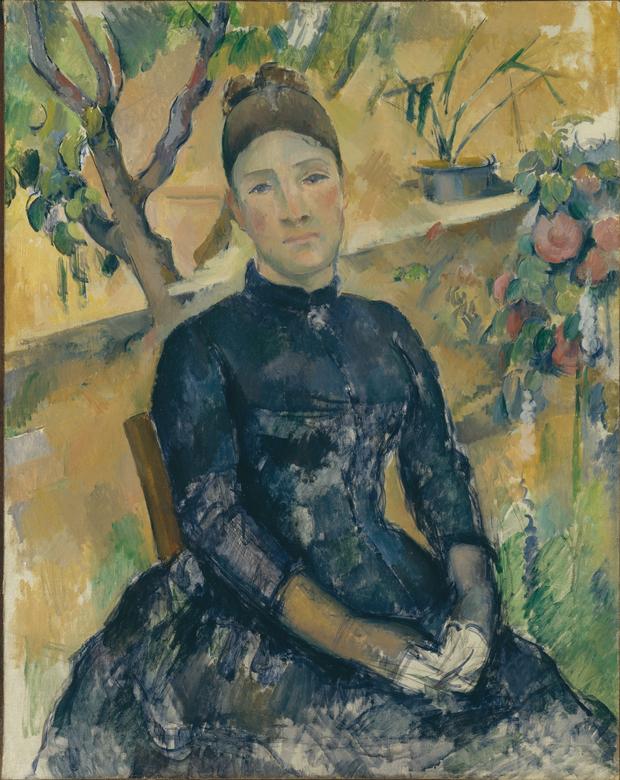American artist Spencer Finch is not a household name. But a few weeks ago he was thrown into the spotlight in a big way, because he created the only commissioned piece for the 9-11 Memorial Museum.
Trying to Remember the Color of the Sky on that September Morning is a large panel with 2,983 squares of paper, each painted a unique shade of blue.
Now Finch is about to unveil a large-scale installation at the Morgan Library and Museum. The piece, titled A Certain Slant of Light after an Emily Dickinson poem, is 365 large squares of brightly-colored plastic that he’s attached to the Morgan’s glass lobby.
Art critic Deborah Solomon said she loved the piece “because it draws you into nature, which you might not have thought possible in New York City.”
The colors refer to the colors in the Book of Hours, a medieval calendar created by monks to track the various seasons. “Basically, he wants to make you aware that New York in summer is not all heat and mounds of trash on the sidewalk. There is also beautiful, beautiful light,” said Solomon.

President Obama, former New York City mayor Michael Bloomberg, first lady Michelle Obama and others in front of Spencer Finch's piece for the 9-11 Memorial Museum (Getty Images)
Light has become a popular medium for artists — witness several recent exhibits in New York. Last year, the Guggenheim Museum presented James Turrell's indoor light show. Doug Wheeler brought lines to the David Zwirner gallery in Chelsea with his “light environments.”
Solomon says all these pieces referencing light is not a coincidence. Instead, they are a backlash to the fact that much of art is about consumer culture. “Art has become divorced from nature. And I think there is a desire among many artists to re-connect contemporary art with the natural world,” she said.

James Turrell: Rendering of installation for the Guggenheim Museum (Courtesy of James Turrell)
Still, New York City light is not often a source of inspiration for artists. “So many artists, from Picasso and Matisse on down, have talked about the fierce light in the south of France, about moving to Provence in pursuit of light,” said Solomon. “But have you ever heard of any artist saying he or she moved to New York to paint the light? Never.”
Can New York City become a destination for artists for its light? How so? Join the discussion.



 Still from a video by Khaled Jarrar showing Palestinian soldiers marching
Still from a video by Khaled Jarrar showing Palestinian soldiers marching

















































